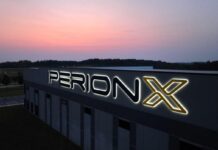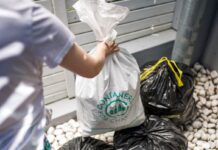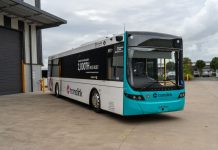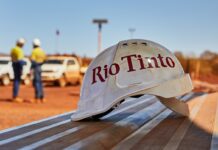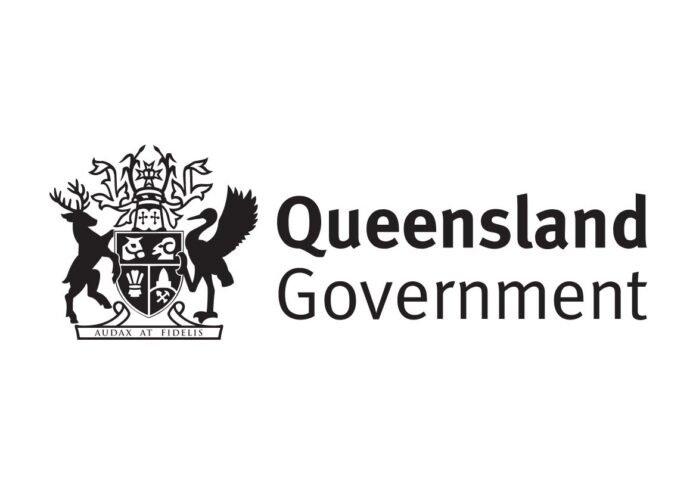
Minister for Resources Scott Stewart is set to visit the United States to secure government and industry partnerships that will foster Queensland’s critical minerals sector.
Beginning next week, North America Trade Commissioner Viki Forrest will accompany the Queensland delegation to the United States, where they will meet with senior government officials and specialist resource industry investment firms in Washington, D.C., and New York City.
The mission was developed in June at the World Mining Congress where Minister Stewart and other Queensland government officials met with some of the world’s government and government investment banks.
Talks then continued at the recent IMARC event in Sydney, which marked the start of engagements with the US government.
“As demand continues to surge for the critical minerals needed to build wind turbines, solar panels and storage batteries, Queensland will be at the forefront of the next global resources boom,” said Minister Stewart.
“This is about more than promotion, it’s about securing the next generation of jobs for Queensland, diversifying and decarbonising the global economy, and securing the state’s future economic prosperity.”
Efforts to foster international partnerships are aligned with the objectives of the $245 million Queensland Critical Minerals Strategy (QCMS) that will maximise economic opportunities and position Queensland as a global leader.
Prior to the upcoming trade mission, Minister Stewart hosted a tour of the Critical Minerals Queensland (CMQ) office in Townsville.
CMQ is a cornerstone of the state’s Critical Minerals Strategy and will actively contribute to the development, growth, and success of Queensland’s critical minerals.
The office is intended to focus on identifying opportunities in the industry and foster discussions with proponents, investors, community members, and researchers.
“We want Queensland to be a global leader, supplier and manufacturer of critical minerals, and this trade mission to the US, along with the establishment of CMQ, and the $5 billion CopperString 2032 project will help get us there.”


